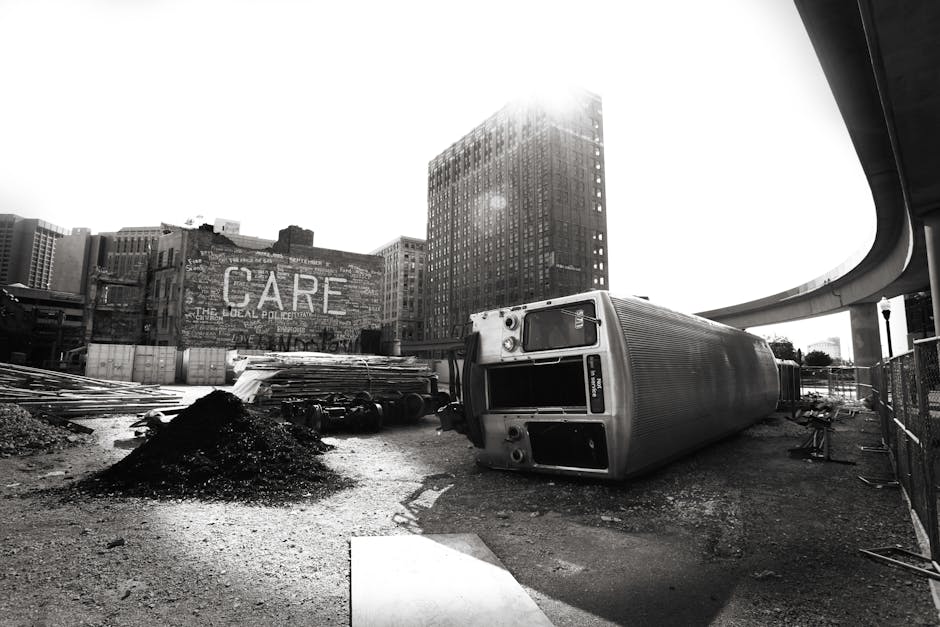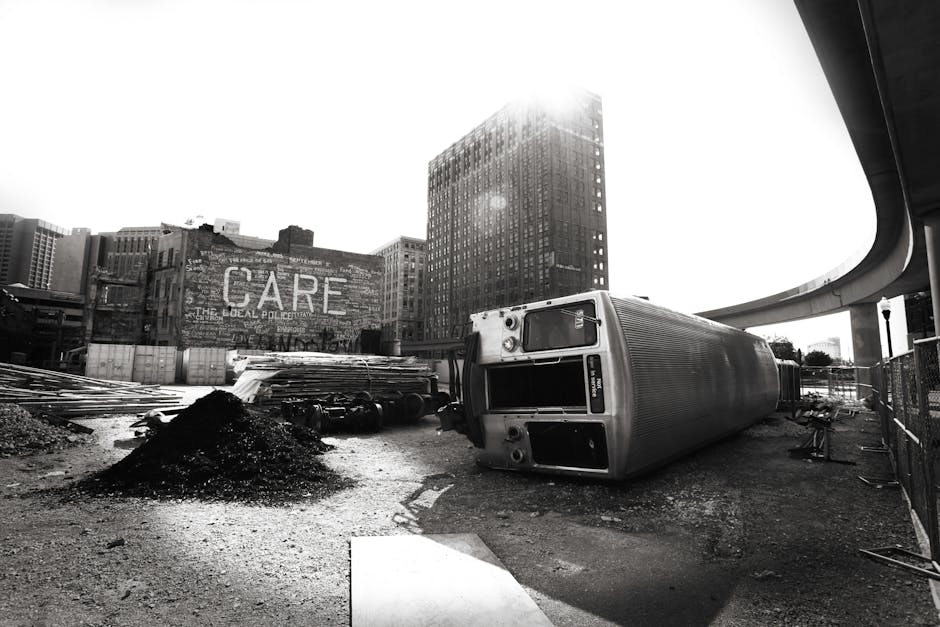Ohio Train Derailment: A Comprehensive Overview of the Disaster and its Aftermath
The derailment of a Norfolk Southern freight train in East Palestine, Ohio, on February 3, 2023, has become a significant event, sparking widespread concern and raising critical questions about railway safety, environmental protection, and the handling of hazardous materials. This comprehensive overview delves into the incident, its consequences, and the ongoing debates surrounding it.

The Derailment: What Happened?
On February 3rd, a 150-car Norfolk Southern freight train carrying various materials, including vinyl chloride, derailed in East Palestine, a small town in eastern Ohio. The initial impact caused a fire, which further complicated the situation. The subsequent release of hazardous materials, particularly the controlled burn of vinyl chloride, has prompted considerable alarm and raised significant health and environmental concerns.
Investigations into the cause of the derailment are still ongoing. Initial reports suggest a potential mechanical issue, but the exact cause remains uncertain. The National Transportation Safety Board (NTSB) is leading the investigation, and their findings will be crucial in determining responsibility and implementing necessary safety improvements.
The Controlled Burn and its Consequences
To prevent a potential explosion of the vinyl chloride tanks, authorities opted for a controlled burn of the chemical. This decision, while seemingly necessary to mitigate a larger disaster, has raised significant concerns about the potential long-term health and environmental impact of the released chemicals. The burning process released phosgene and hydrogen chloride into the atmosphere, causing widespread air pollution.
Residents were evacuated from the immediate area, but questions remain about the extent of the contamination and the potential long-term effects on both human health and the environment. Concerns have been raised about the potential for ground water contamination, soil pollution, and long-term health problems for residents.
Health Concerns and Community Response
The release of hazardous chemicals has led to reports of various health issues amongst residents, including headaches, nausea, respiratory problems, and skin irritation. Many residents express concerns about the long-term effects of exposure to the released chemicals. The lack of readily available and comprehensive health monitoring programs has heightened anxieties within the community.

The community response has been marked by anger, frustration, and demands for accountability. Residents are demanding answers about the long-term health implications, environmental remediation efforts, and stricter regulations to prevent future incidents.
Environmental Impact and Remediation Efforts
The environmental impact of the derailment is still being assessed, but initial findings are alarming. Contamination of soil and water sources is a major concern. Remediation efforts are underway, but the scale of the cleanup is significant, and the long-term effects on the local ecosystem remain uncertain.
The extent of the contamination and the necessary steps to restore the environment are critical questions that need to be addressed effectively. Monitoring of water sources, soil testing, and long-term ecological studies are essential to determine the full extent of the environmental damage.

Regulatory and Legislative Response
The Ohio train derailment has reignited debates surrounding railway safety regulations and the transportation of hazardous materials. Calls for stricter regulations, improved safety measures, and increased oversight of railway operations have intensified. This incident has highlighted the need for greater transparency and accountability from railway companies.
Legislative action may be needed to address existing gaps in safety regulations and ensure greater protection for communities located near railway lines. The ongoing debate focuses on improving safety standards, enhancing emergency response capabilities, and increasing accountability for railway companies.
Long-Term Implications and Lessons Learned
The Ohio train derailment serves as a stark reminder of the potential risks associated with the transportation of hazardous materials. The long-term implications of this incident, including the health of affected residents and the environmental consequences, will be felt for years to come.
The incident underscores the need for proactive measures to prevent similar occurrences in the future. This includes stricter regulations, improved safety protocols, increased investment in infrastructure, and enhanced emergency response planning. Learning from this tragedy is crucial to ensuring the safety of communities and the environment.
Key Questions Remaining
- What is the full extent of the long-term health consequences for residents?
- What is the comprehensive cost of environmental remediation?
- What changes to railway safety regulations are needed?
- How can communication and transparency between railway companies, regulatory agencies, and communities be improved?
- What long-term monitoring is necessary to assess the ongoing environmental impact?
The Ohio train derailment is a complex and evolving situation with far-reaching implications. Ongoing investigations, remediation efforts, and public discourse will continue to shape the response and determine the lessons learned from this devastating event.

